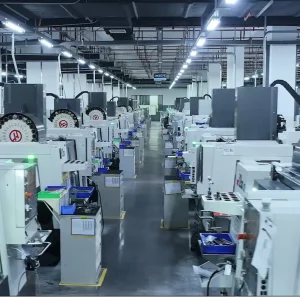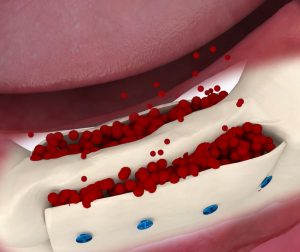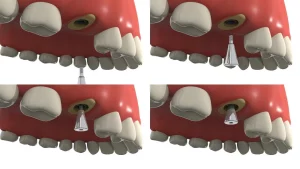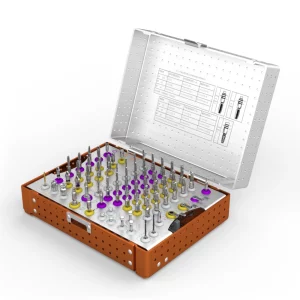A flexible and effective option for intricate restorations involving many dental implants is Multi-Unit Abutments (MUAs). These specialized parts are essential to the success of implant restorations like bridges and overdentures because they guarantee the restoration’s durability and alignment while producing a visually appealing result. An abutment’s primary purpose is to serve as a tiny metal link between the dental implant and the prosthesis, enabling the prosthesis to be replaced without removing the implant altogether. MUAs are a unique kind of abutment that is often used with full arch replacements (full quad implants) and zygomatic implants. They provide implant dentists with a range of sizes and angles to suit various implant types and surgical requirements.
MUAs are perfect for treating some oral problems because of their versatility and flexibility. For instance, leveling out the restoration for individuals with moderate tooth misalignment may be achieved by positioning several MUAs at various angles. When there are disparities in height, MUAs are particularly useful since they may be used to level out the abutments and guarantee the stability and aesthetics of the restoration. Therefore, in order to provide patients with a durable and aesthetically pleasing remedy for missing teeth, it is essential to comprehend and choose the right kind of MUA.
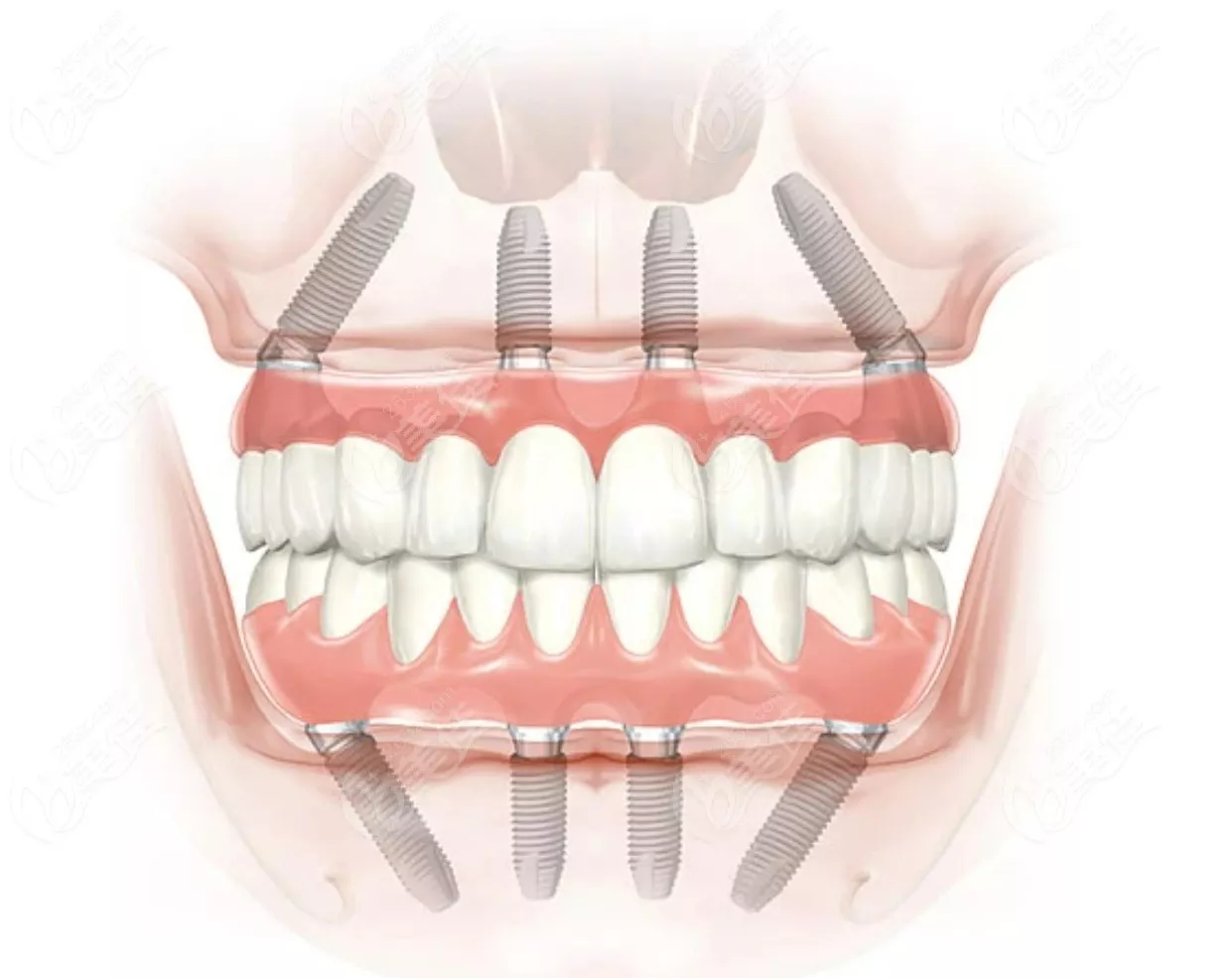
What is an abutment?
A dental abutment is a piece of equipment that connects a prosthesis, such a crown, to a dental implant that has been placed into a hole that has been drilled in the mandible. Typically, the implant is a titanium post that is fused over a period of months to make sure it is firm enough to serve as a substitute tooth root and provide a strong base for the prosthesis connection that follows. The abutment serves as a bridge to the prosthesis and is placed on top of the implant after it is secure.
Abutments may be constructed of a number of materials, including ceramics, which are more common among patients who want a more natural look, and metals like titanium, stainless steel, and gold. However, for implants in the posterior molar region that are prone to higher chewing pressures, ceramic abutments could not be as robust in compression as conventional metal materials.
When many consecutive teeth are lost, a multi-unit abutment (MUA) is often used. In conjunction with sophisticated prosthetic procedures like zygomatic implants and complete arch replacements (4-in-1 implants), this unique abutment provides a solid and aesthetically pleasing restoration by resolving the connection issue that arises when two or more dental implants are positioned in close proximity to one another.
How to use multi-unit abutment
In all-four-tooth implant surgery, multi-unit abutments (MUAs) are essential because they significantly enhance the patient’s overall experience during treatment and the outcome of the restoration. Depending on the patient’s specific requirements and the kind of dental implant being utilized, these abutments come in a range of sizes and angles. Common angles include Recht abutment, 17°, 30°, and 45°; in some situations, customized alternatives like 52.5° and 60° are available, offering enormous flexibility for the exact positioning of all four implants.
The ability of MUAs to successfully treat patients’ mild tooth misalignment is a major benefit. It is possible to guarantee that the restoration is flat by deftly positioning many MUAs at various angles. This will make the implant seem more harmonious and natural, which will enhance its overall appearance.
Additionally, MUAs have shown exceptional effectiveness in overcoming the difficulties posed by the disparity in mandibular height. To get exact abutment height alignment, we may position the upper abutment deep into the bone and the lower implant over the gum line by varying the abutment’s height. This high level of precise adjustment prolongs the restoration’s life by uniformly distributing the strain placed on it when speaking and eating in addition to producing a smooth, visually pleasant look. Patients thereby benefit from a long-lasting, robust solution that satisfies their dental requirements.
The purpose and idea of multi-unit abutments
The primary roles of a multi-unit abutment (MUA) in dental implant restoration are connection, support, and alignment. The operation of a multi-unit abutment is explained in detail below:
- The function of connection
Joining dentures and implants: Connecting one or more dental implants to dentures (such crowns or bridges) is the primary purpose of a multi-unit abutment. These abutments are often composed of materials with great stability and biocompatibility, including ceramic or metal (like titanium).
Offer dependable assistance: The multi-unit abutment is placed on top of the implant to provide the denture solid support once the implant has fused with the jawbone and stabilized. The denture may be securely secured in the mouth with the aid of this support, preventing it from moving or slipping out. - Alignment and support
Address the issue of misaligned teeth: To guarantee that the restoration (such as dental crowns or bridges) fits easily on the remaining teeth and gums, the multi-unit abutment may be adjusted at various angles and heights in the event of missing teeth with minor misalignment. This modification enhances the restoration’s comfort and appearance.
Changing the abutment’s height: Adjustment is also possible with multi-unit abutments when mandibular height variations are present. You may guarantee that every implant stays optically at the same level by adjusting the abutment’s height, giving the illusion of more natural harmony. - Adjusting to intricate circumstances
Multi-unit abutments are especially well-suited for applications requiring the simultaneous handling of many implants, such as complete arch replacements or the restoration of several consecutively lost teeth. They may effectively join these implants and provide the denture with a firm foundation.
Flexible angle selection: To accommodate various patient oral anatomy and implant locations, multi-unit abutments provide a range of angle possibilities (such as 0°, 17°, 30°, 45°, etc.). This adaptability contributes to more accurate repair outcomes. - Increase the restoration’s lifespan
Distribute pressure evenly: You may guarantee that the pressure placed on the restoration when eating and speaking is dispersed equally by carefully modifying the height and angle of the multi-unit abutment. This prolongs the restoration’s service life by minimizing wear and tear.
Advantages of Multi-Unit Abutments (MUA)
- Save time and money by placing dental implants in the mandible without the need for a sinus lift. This lessens the financial burden on patients, expedites therapy, and streamlines the surgical process.
- Improved support: The MUA’s angle design may be modified to better support the denture based on the patient’s implant location and oral anatomy. This support enhances patient comfort while assisting in maintaining the denture’s stability.
Suitable for a variety of implant systems: The flexibility and selectivity of treatment are increased by multi-unit abutments, which enable the coordination of various implant systems. Depending on the demands and circumstances of each patient, doctors may choose the best implant system and abutment combination.
Disadvantages of Multi-Unit Abutments (MUA)
- Tightening is challenging: Tightening multi-unit abutments may be challenging since they are often tiny and only have a few threads connecting the implant and the abutment. In order to guarantee the stability of the abutment, surgeons must be more careful and patient throughout the procedure.
- Potential relaxation: Despite extensive testing and validation throughout design and manufacture, the multi-unit abutment may nevertheless come free in some situations. The patient’s complicated oral environment, an inadequate fit between the abutment and the implant, or other variables might be the cause of this. It could be necessary to tighten the abutment once again or take additional corrective action if it starts to come free.
Conclusie
Multi-unit abutments (MUAs) are specialized parts used in dental implant restorations, ensuring durability, alignment, and aesthetic appeal. They are often used with full arch replacements and zygomatic implants and can be made of ceramics or metals. MUAs are particularly useful for treating oral problems like moderate tooth misalignment and overcoming mandibular height disparities. They come in various sizes and angles, ranging from 0° to 60°, and can be used in all-four-tooth implant surgery. By positioning MUAs at various angles, patients can achieve a flat, natural restoration and maintain a long-lasting, robust solution.

